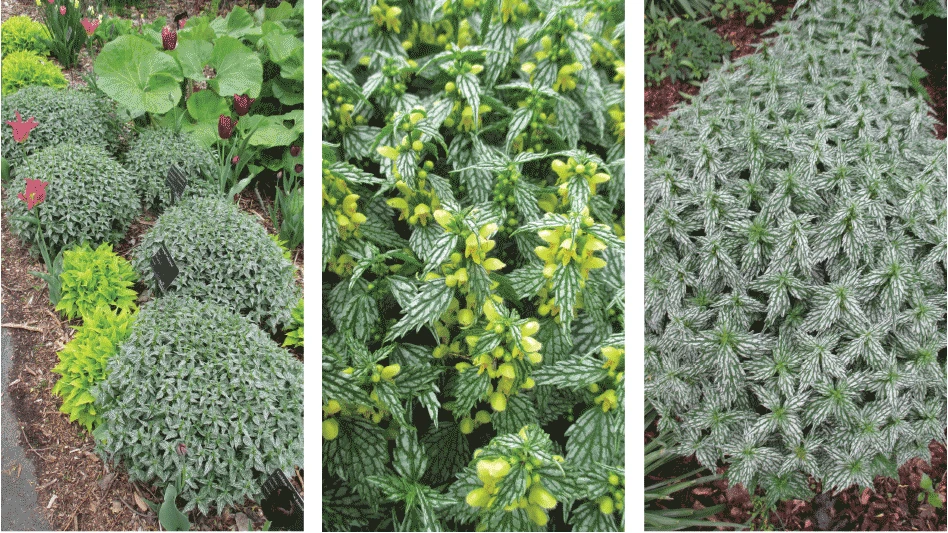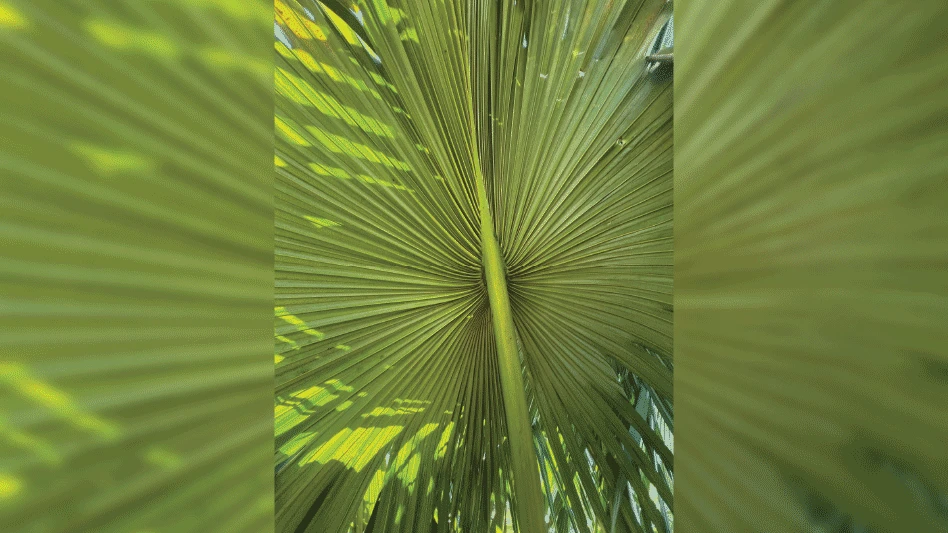
Something magical happens every spring in Texas: seas of bluebonnets (Lupinus spp.) fill roadsides and fields across most of the state. This true blue annual is beloved by Texans. Historian Jack Maguire wrote, “The bluebonnet is to Texas what the shamrock is to Ireland, the cherry blossom to Japan, the lily to France, the rose to England and the tulip to Holland.”
Texas has maintained a long-standing tradition of wildflower preservation. According to the Texas Department of Transportation, (TxDOT), shortly after the Texas Highway Department was organized in 1917, officials noted that wildflowers were among the first vegetation to reappear at roadside cuts and fills. In 1932, the department hired Jac Gubbels, its first landscape architect, to maintain, preserve and encourage wildflowers and other native plants along rights of way. By 1934, department rules delayed all mowing, unless essential for safety, until spring and early summer wildflower seasons were over. This practice is still in place and has expanded into the state’s modern full-scale vegetation management system.

TxDOT buys and sows about 30,000 pounds of wildflower seed each year, including bluebonnet and Indian paintbrush (Castilleja
The wildflower program is not just aesthetically pleasing, but it serves several purposes. It has reduced the cost of maintenance and labor for nearly 800,000 acres of roadside rights-of-way. The TxDOT Maintenance Field Support Section oversees integrated vegetation management to ensure the prevalence of wildflowers. The wildflowers and grasses also help conserve water, control erosion and provide a habitat for wildlife.
The bluebonnet is the State Flower of Texas, and since Texans can’t do anything on a small scale, we actually have five state flowers. Plant facts were provided by the Texas A&M Horticulture Department.
- Lupinus subcarnosus grows naturally in deep sandy loams from Leon County southwest to LaSalle County and down to the northern part of Hidalgo County in the Valley. It is often referred to as the sandy land bluebonnet.
- Lupinus texensis, the favorite of tourists and artists, provides the blue spring carpet of Central Texas. It is widely known as “the” Texas bluebonnet. It is the easiest of all the species to grow.
- Lupinus Havardii, also known as the Big Bend or Chisos Bluebonnet, is the most majestic of the Texas bluebonnet tribe with flowering spikes up to three feet. It is found on the flats of the Big Bend country in early spring, usually has seven leaflets and is difficult to cultivate outside its natural habitat.
- Lupinus
concinnus is an inconspicuous little lupine, from 2 to 7 inches, with flowers which combine elements of white, rosy purple and lavender. Commonly known as the annual lupine, it is found sparingly in the Trans-Pecos region, blooming in early spring. - Lupinus
plattensis is found in the Texas Panhandle's sandy dunes. It is the only perennial species in the state and grows to about two feet tall. It normally blooms in mid to late spring and is also known as the dune bluebonnet, the plains bluebonnetand the Nebraska Lupine.
As I travel along Texas roads, I'm likely to yell "BLUEBONNETS!" the same way Buddy the Elf yells "SANTA!"


Explore the April 2018 Issue
Check out more from this issue and find your next story to read.
Latest from Nursery Management
- NewGen Boxwood added to Proven Winners ColorChoice line
- Terra Nova releases new echinacea variety, 'Fringe Festival'
- American Horticultural Society names winners of 2025 AHS Book Awards
- Nufarm announces unified brand
- American Horticultural Society announces winners of 2025 Great American Gardeners Awards
- Shifting the urban environment
- The Growth Industry Episode 3: Across the Pond with Neville Stein
- What's in a name?





